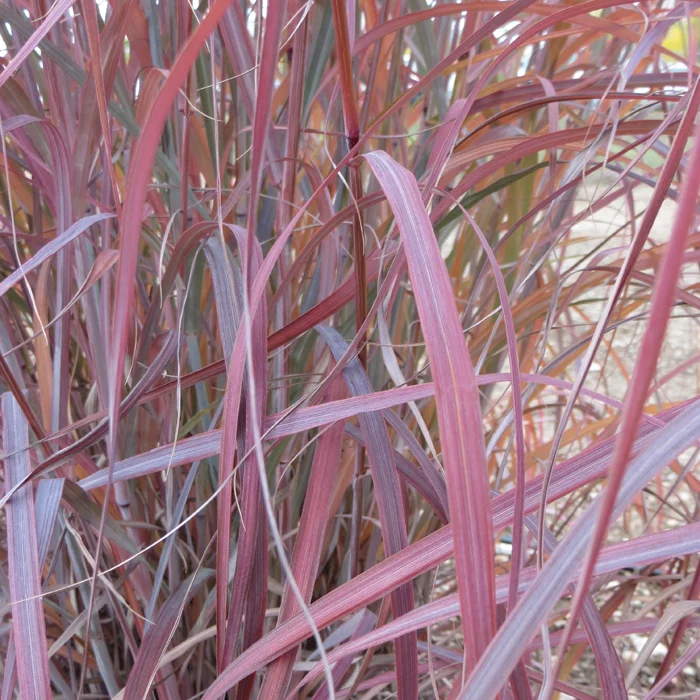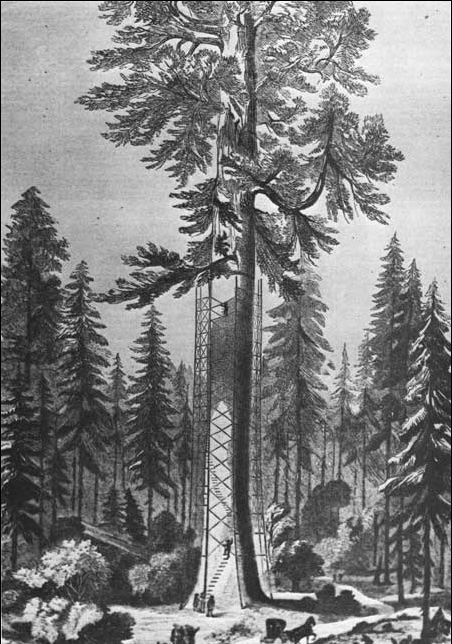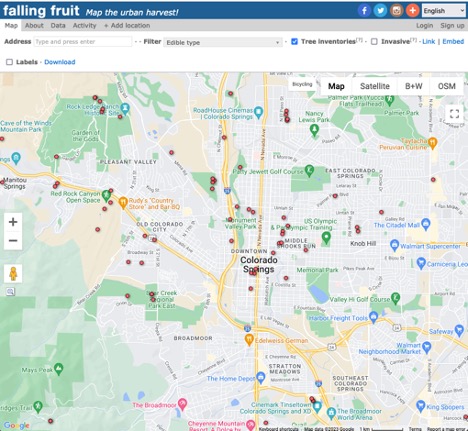The autumn foliage was quite something this year; the fact that along the Rockies, instead of going straight from summer to winter, we had a fine fall helped…in fact, it persists.

The native grasses, especially the big bluestem; the one I grow, ‘Wind Walker’, went from steely blue to rusty red; a nearby golden yellow Tiger Eye sumac was the perfect companion along with a dwarf rabbit bush that was ghostly grey beneath its fuzzy mop of lemon yellow flower heads. The only thing lacking was tree color – shopping opportunity!! — but it’ll take some research to settle on what to grow, especially since climate warming has shifted our zone from 5b to a comfortable 6. Our move here nearly 10 years ago saw the zone move from 4 to 5b, for which I was most grateful. But I’ll happily take Zone 6 now.
The city’s treescape, however, is not that pleased; Chinese elm, silver maple, Austrian pine, spruce and junipers, planted decades ago are aging out, and it’s become a routine event for giant, shallow-rooted evergreens growing in backyards to topple over, blasted by strong Chinook winds flowing over the mountains from west to east. Sometimes reaching speeds of 80mph or more, tree trunks split and twist, houses and cars are pancaked, streets are blocked, and the landscape changes.
An old chestnut avows that, “The best time to plant a tree was 20 years ago; the second-best time is now,” another reminds us to plant trees for your grandchildren. Certainly, those words were taken to heart by early American gardeners in the east, including Thomas Jefferson. Inspired by his experience of gardens in Europe, he created his home landscape at Monticello along humanist lines, claiming that “I never knew the full value of trees. Under them I breakfast, dine, write, read, and receive my company.”

As Americans moved west, it seems they, too, in a less philosophical manner, did not understand the value of trees. When encountering the Giant Sequoia forests, their first impulse was to cut down the largest specimens … because they could. Two stories of this lethal braggadocio from the “tamers” of the Wild West are about the toppling of the so-called “Mark Twain tree”, the stump of which remains today, evidence of its great age – 1350 years old. The tree was cut down so that 16ft diameter slices of its trunk could be sent the New York Museum of Natural History, to be gawped at by visitors. The other giant sequoia of fame and misfortune was stripped of its bark, which was then sent to England for display at Crystal Palace. The tree, having been skinned, died. That horror story made me feel quite faint.

Thankfully, the importance of trees of any kind to the continued existence of our life on earth is recognized by most nations. Urban landscape design projects are embracing nature-based solutions (NBS) to mitigate existing challenges to the environment…and not create new ones!. Rising sea levels, stormwater runoff and flooding have had devastating effects on population centers around the world. European researchers have determined that cities with the most tree cover weather storms best, the anchoring roots absorbing water, reducing runoff, while the tree canopy similarly absorbs moisture. Beyond that various studies have shown that urban trees also significantly absorb carbon dioxide, provide much needed shade to mitigate urban heat sinks, and are a first line defense against pollution.

And then, of course, many trees provide food, and the first edible one thinks of is the humble apple. Or at least I do, having grown a mini-orchard of heirloom apples in my English garden; one variety was the “Oxheart”, much loved by medieval orchardists and chefs. So, to discover Falling Fruit, an organization based in Boulder, Colorado, dedicated to assisting urban foragers far and wide to harvest urban fruit trees and shrubs, made my heart sing. Remember: Autumn color comes not just in leaves but also in the gold and ruby red fruit of a laden apple tree. And that is just what the garden needs…and my table.
©Ethne Clarke, 2023
The National Park Service’s history pages on the web have full info on the loss of giant sequoias; https://www.nps.gov/parkhistory/online_books/science/hartesveldt/chap1.htm
For more about Falling Fruit and a forager’s code of conduct visit FallingFruit.org. There are links on their site to other groups dedicated to encouraging the plantings of urban orchards and foraging.
Wind Walker bluestem is available from High Country Gardens, when in stock. https://www.highcountrygardens.com/product/perennial-plants/andropogon-gerardii-windwalker










